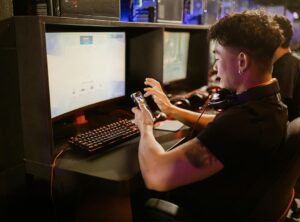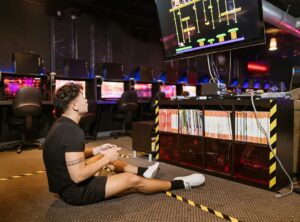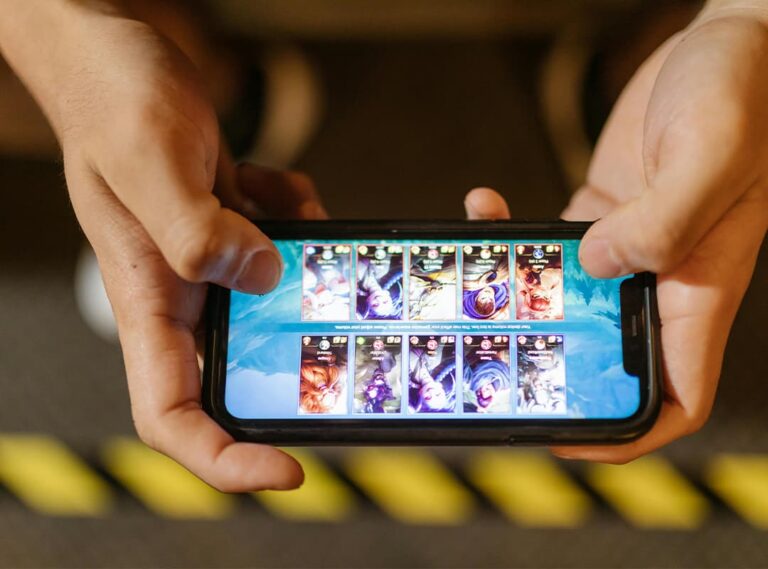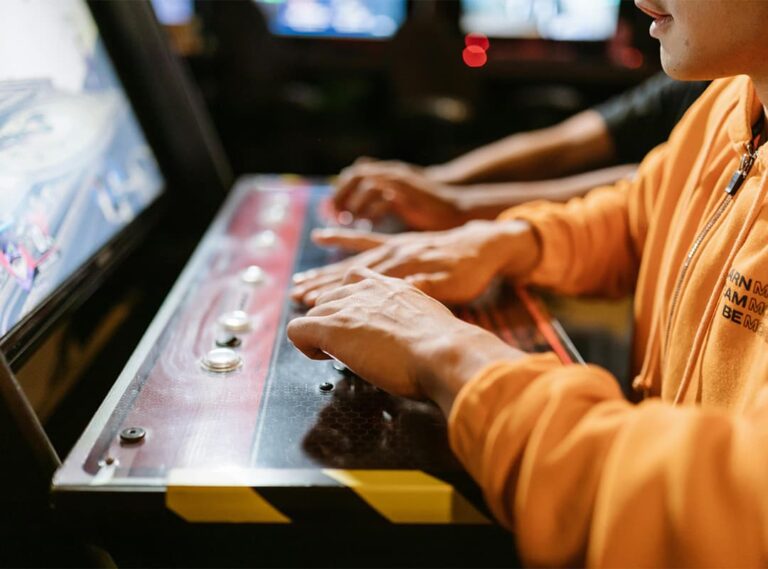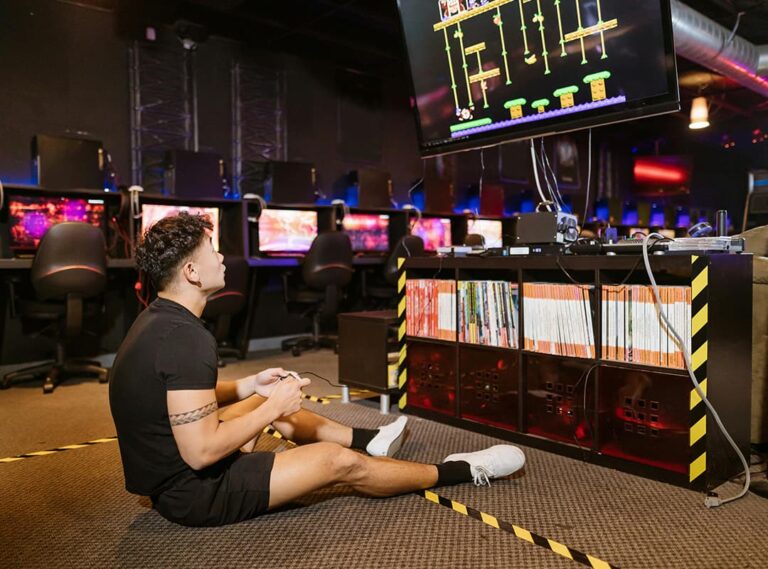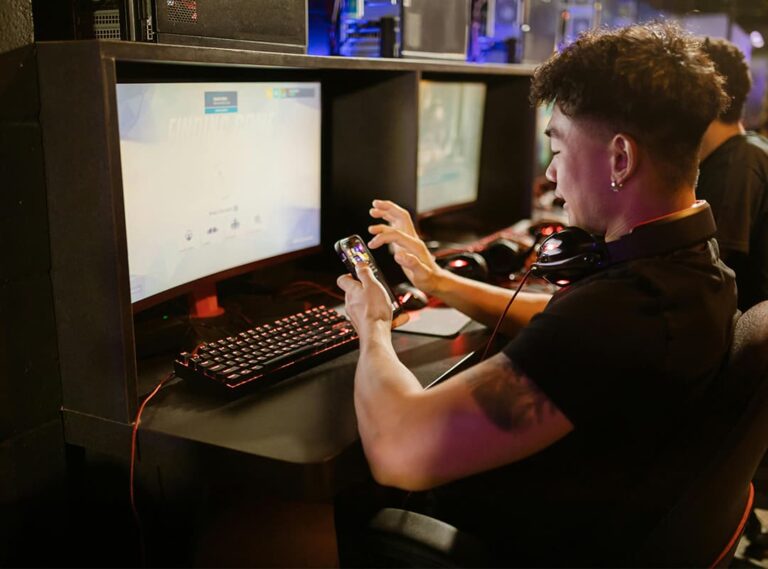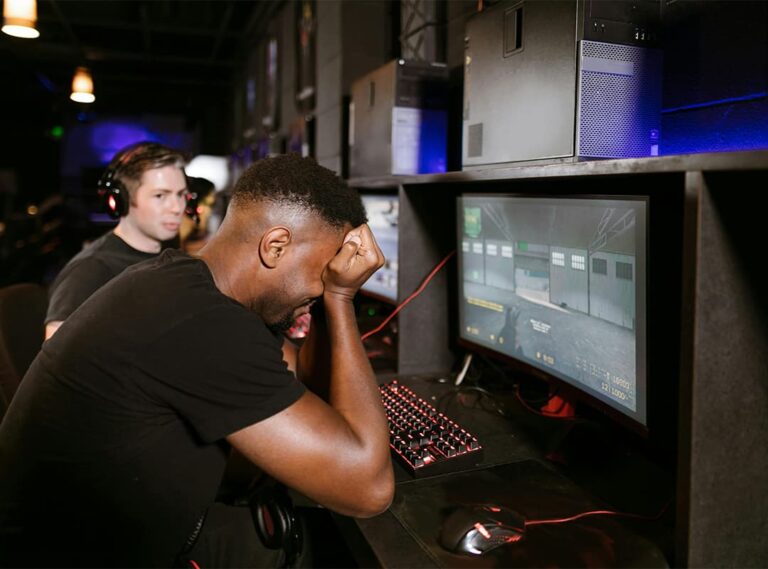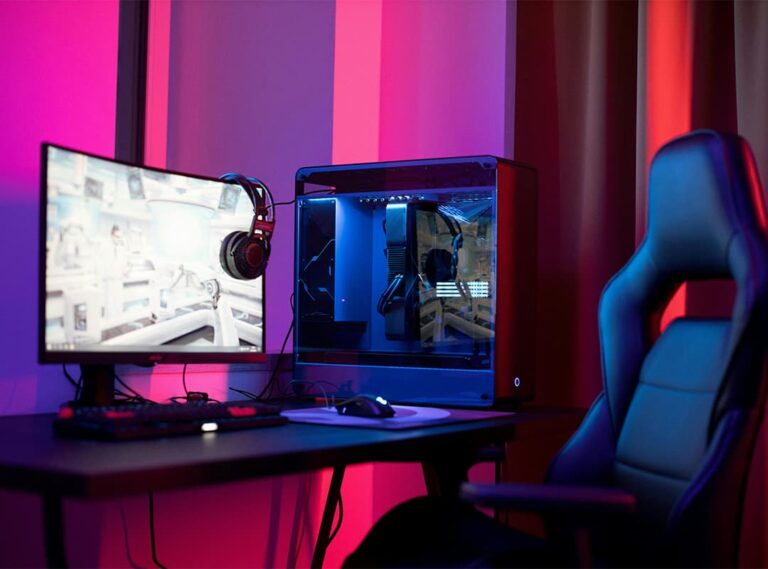Web3 games are very different from their predecessors in several key ways:
First, Web3 games introduce the concept of “true ownership.” In the Web2 world, the game developer actually owns all in-game assets, and players have no physical rights to anything they have mined. Conversely, in Web3 gaming, in-game items are represented as NFT tokens, ensuring that players are the sole owners of these virtual assets. This allows players to freely buy, sell, and trade their items both inside and outside the game ecosystem.
Second, Web3 gaming facilitates interoperability. In Web2 gamification, in-game items are usually tied to a specific platform, making them unusable in other games. Web3 gamification breaks down these barriers by allowing players to utilize their resources in different games and virtual worlds. This interoperability improves the overall gameplay experience, taking users to a new level of freedom and versatility not possible in the traditional gaming industry.
Finally, Web3 gaming introduced the play-to-earn model, which was quickly embraced by the gaming audience. In traditional games, developers typically make the bulk of their profits from players through in-game purchases and advertising. In Web3 games, wealth is redistributed evenly, allowing players to monetize their gaming skills and time investment. Gamers can earn cryptocurrencies and rare NFTs by participating in the game ecosystem, effectively monetizing their love of gaming.
Types of Web3 games
There are quite a few genres and types of Web3 games with their own unique features and gameplay. Below are some of the most common ones.
Play-to-Earn Games
One of the fastest growing markets in the cryptocurrency industry is Play-to-Earn games. According to DappRadar, from January to December 2022, the daily activity of all crypto games on PC, Android, and iOS grew 35% to reach the 718,000 user mark. Moreover, market capitalization grew by 191%, reaching $173.5 million daily by the end of 2022.
Popular examples of Play-to-Earn games include Axie Infinity, where players can earn by breeding, fighting, and trading Axie creatures, and TownStar by Gala Games, which rewards users for building a city, managing resources, and other tasks.
NFT Collections
Games focusing on NFT collection focus on collecting and trading rare tokens that represent unique digital assets. CryptoKitties was one of the first games in this category, allowing players to collect and breed digital cats with rare qualities and features. CryptoPunks, God’s Unchained, and Illuvium are other games that have become popular among NFT collectors.
Blockchain-based virtual worlds
Some Web3 games are entire virtual worlds on the blockchain. In these worlds, players can buy, develop and monetize virtual lands and assets. For example, Decentraland and The Sandbox allow users to create and profit from their creations in a shared meta-universe.
MMOs enhanced by blockchain
In order to provide true ownership of in-game assets and create a unique player-driven economy, some multiplayer online games (MMOs) have integrated blockchain features. For example, Lost Relics combines traditional MMO gameplay with blockchain-based asset ownership.
Blockchain-based card games
Games that combine traditional card game mechanics with blockchain technology have begun to gain popularity. For example, Gods Unchained and Splinterlands use NFT cards that players can buy, trade and use in strategic battles.
Blockchain racing
Web3 has made its way to the world of racing. F1 Delta Time uses blockchain to create and trade rare virtual cars, drivers and parts.
Blockchain-based sports games
Some Web3 games focus on sports and collectibles, allowing players to own items from the world of virtual sports and sell them. For example, NBA Top Shot allows users to buy and trade officially licensed NBA collectibles in the form of NFTs.
Blockchain games for art and creativity
Some games allow players to create and sell digital art and collectibles in the form of NFTs. For example, CryptoPunks and Art Blocks combine art and blockchain technology on a conceptual level.
